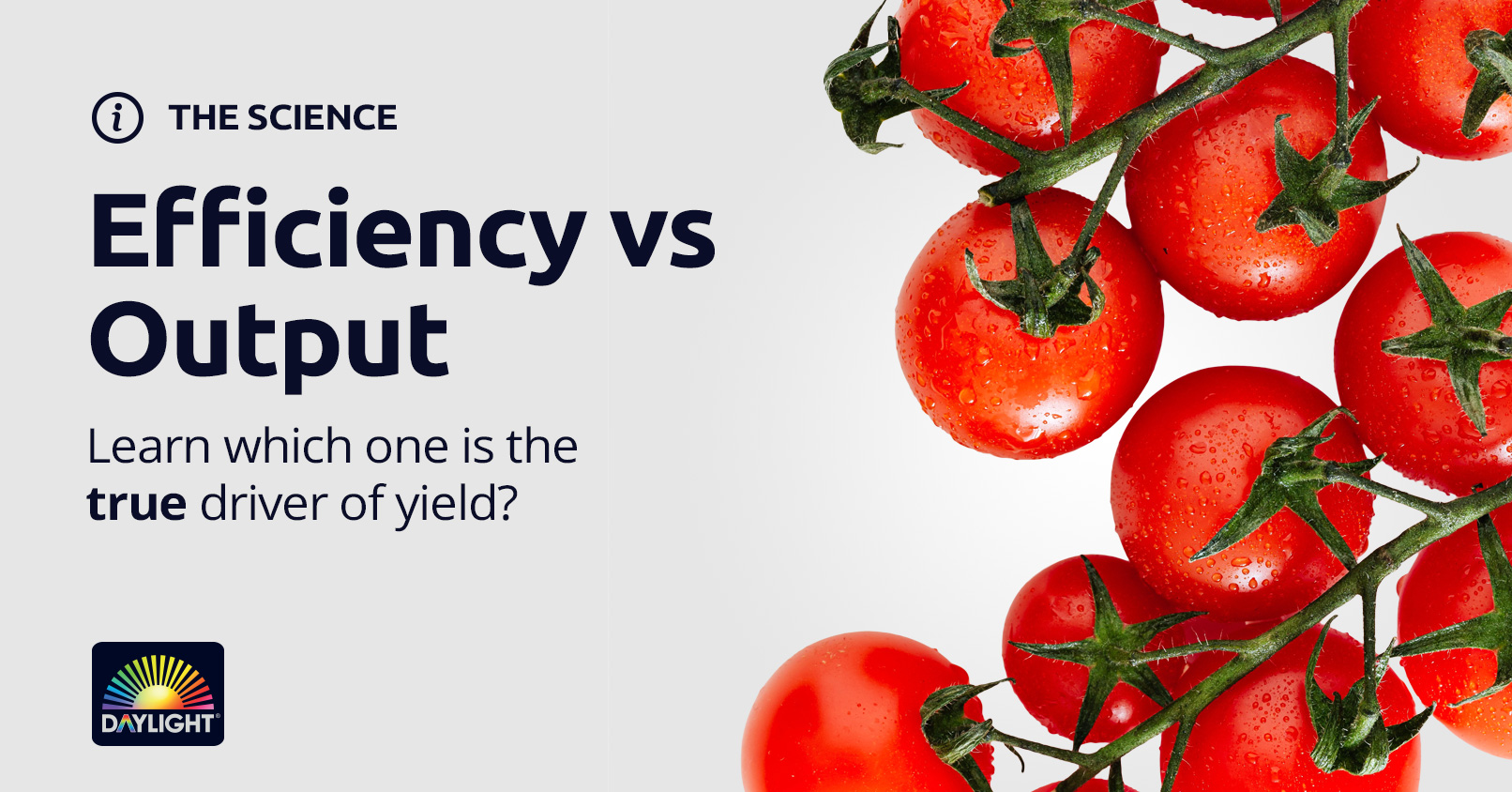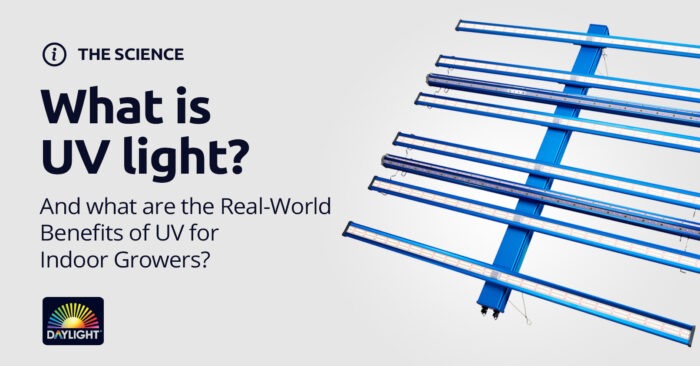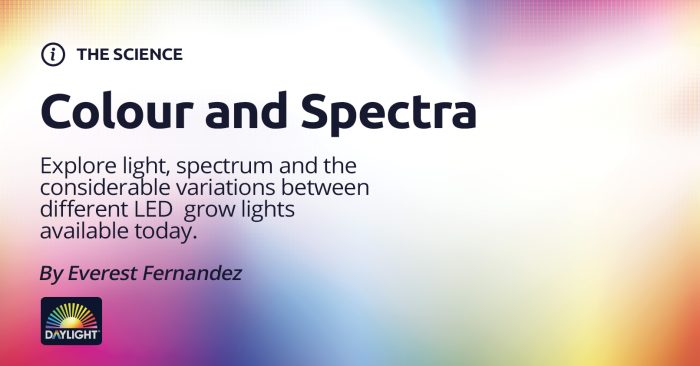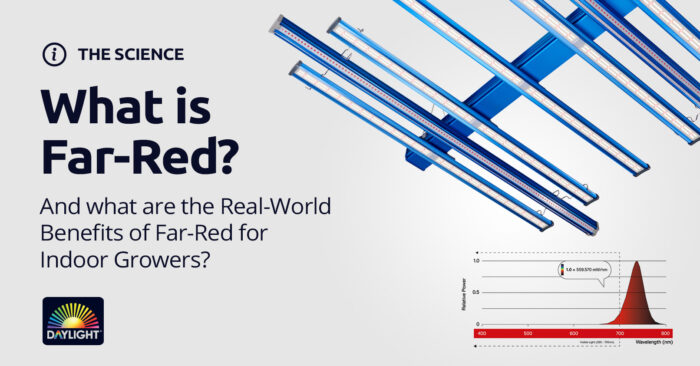
Efficiency is Important—But Don’t Be MisLED!
The list of new LED grow light fixtures keeps growing. Consumers looking to buy a new LED grow light would be forgiven for feeling a little overwhelmed by all the options available, and that’s without drilling down to the different diode types and manufacturers, as well as the drivers and other user features being offered. No wonder that some LED horticultural lighting brands are attempting to distill everything down to one number: photosynthetic photon efficacy or PPE. This number refers to the quantity of photons generated per Joule (J) of electricity and is the current standard measure of efficiency for grow light fixtures.
The Rise of Photosynthetic Photon Efficacy
Of course, one of the main drivers for choosing to upgrade from High-Pressure Sodium or Metal Halide grow lights to high-end horticultural LEDs is the promise of increased efficiency. Just a few decades ago, an indoor grower operating a 400W single-ended high-pressure sodium lamp with a magnetic ballast could hope to achieve a PPE of just 0.9 μmol/J (not that many growers back then knew what PPE was!). More recently, double-ended 1,000W HPS lamps powered by an electronic ballast have pushed PPE up to 1.7 μmol/J and higher. LED grow lights have long since zoomed past 2.0 μmol/J and are rushing towards the magic number 3.0 μmol/J and beyond.
This raises an interesting question: can consumers disregard the “noise” surrounding LED grow light marketing and simply choose the best LED grow light based on PPE numbers alone? While it may be tempting and even seem logical to do so, the answer is a resounding NO! If you go by PPE alone, you could end up choosing a high bay greenhouse style LED fixture for your indoor grow—a colossal and costly mistake! Sure, some of these fixtures boast PPEs of 3.5 μmol/J and higher, but you’d need at least three feet of headroom between the canopy and the light, and the spectrum would be totally inappropriate for a sole light source application as greenhouse (solar supplementation) fixtures generally go very heavy on red light.
TOTAL OUTPUT (PPF) is What Really Matters!
So what should growers consider when choosing an LED grow light? The first place to look is the total amount of plant-usable photons a lighting fixture generates during one second. This is referred to as Photosynthetic Photon Flux or PPF. Remember, light is the first order of life—it provides the crucial “input energy” for all your plants’ metabolic processes. As long as there is sufficient water, nutrients and carbon dioxide, it’s PPF that is the true driver of yield.
If you’re in the market for a new LED grow light, the next thing that you will need to consider is the purchase cost. A good metric is to take the PPF and divide it by the cost. This will tell you how many μmol/s you’re getting per £ of your hard-earned cash spent.
Spectral Quality is Critical at Higher Light Intensity
Light-loving plants need photons—and lots of them! At a lower intensity, plants will accept anything they can get—red, blue, or anything in between. However, as light intensity increases, spectral quality comes more and more into play. To gain a proportional increase in photosynthesis after you pass 500 μmol s-1 m-2, for example, you really need to be adding photons across a broad and balanced spectrum. As implied by the greenhouse LED fixture example earlier, simply pumping a plant with (cheap to produce) red photons just won’t cut it in an indoor farm setting where grow lights are the sole light source. (You’ll most likely cause foliage and flower bleaching rather than increased biomass.)
Once again, this is another reason not to be overly-swayed by high PPE numbers. Growers need to consider PPF (total output), spectrum, and price first.



